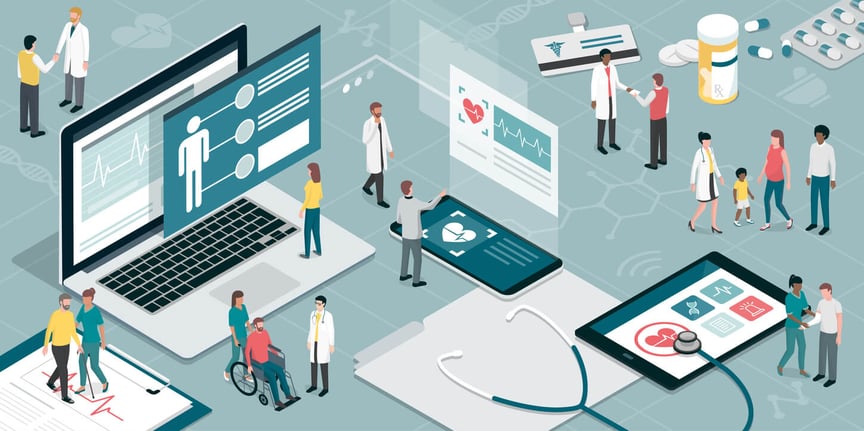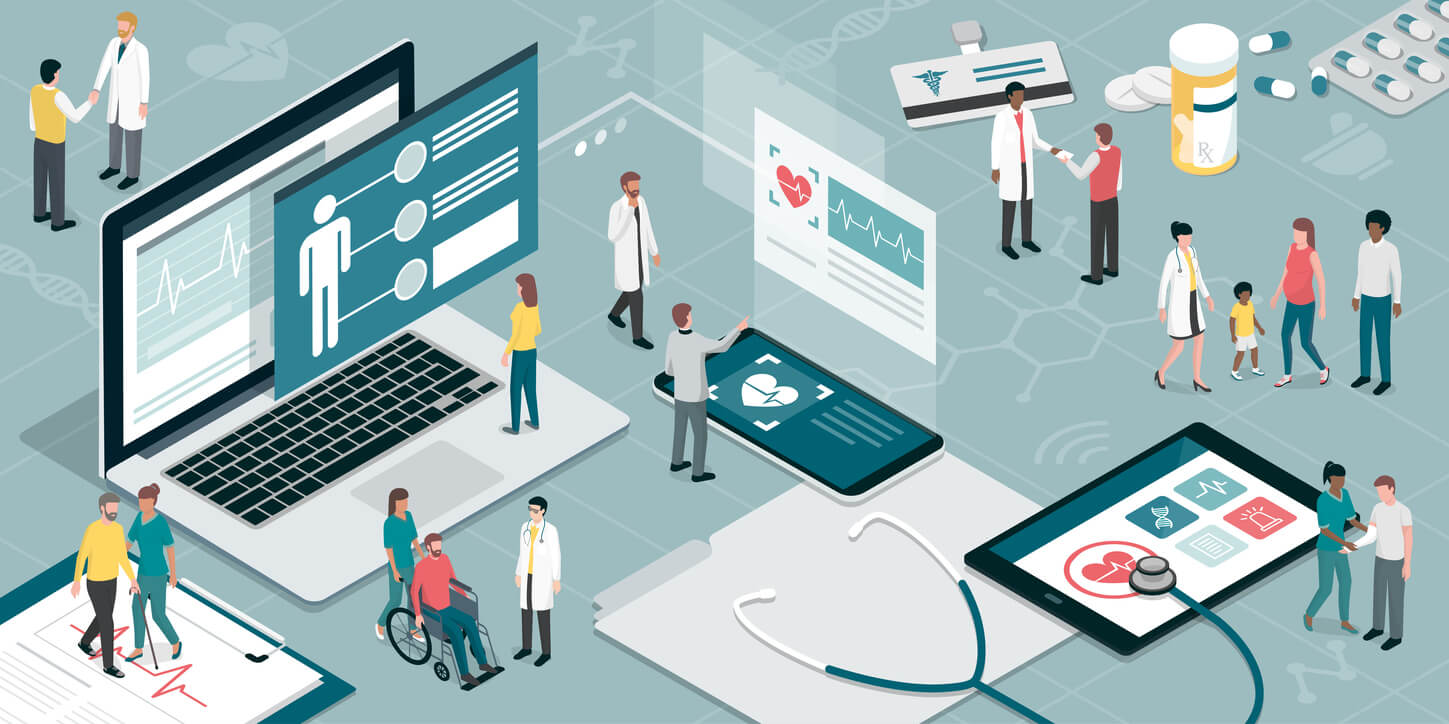July Roundup: The Integration of EMS into Healthcare for Better Patient Outcomes
True integration and interoperability requires coordination and communication between EMS and its healthcare systems
Was this information valuable?

True integration and interoperability requires coordination and communication between EMS and its healthcare systems. The following is a roundup of blog posts that talk about ways EMS and the rest of healthcare will need to work together in order to better integrate to ultimately improve the quality of care for the patient.

Change How You Communicate with Hospitals & Healthcare Providers
One of the most significant and dangerous gaps in patient care is between EMS providers and emergency departments. The antiquated approach of EMS sharing patient health information (PHI) via radio or hard copy reports with hospitals often results in physicians not receiving all of the necessary information in a timely manner. With PHI only moving in one direction, EMS providers are unable to access essential information when delivering care. Without this timely bidirectional flow of information, the quality of care provided by EMS is compromised and the potential for a patient to be sent to an out-of-network emergency room or have unnecessary tests or procedures dramatically increases.
Leverage Interoperability to Get the Patient (& their Data) to the Right Place at the Right Time
What is interoperability? It’s the ability of computer systems or software to exchange and make use of information. Why is it important? It provides the right information to the right people, through the right channels, in the right intervention format, at the right time in the workflow for decision making and action. How does all of this affect EMS? As hospitals look for efficiency, they’ll need to partner with EMS and build stronger provider networks. Interoperability allows for an improved patient experience, improved population health and therefore reduced healthcare costs. The following is a high-level cheat sheet to get you, and your organization, up to speed on interoperability.
What Does Integration into the Healthcare System Look Like for EMS?
EMS is a vital component of healthcare serving every community. Each year EMS responds to over 40 million medical or traumatic events, within the United States, providing emergent care and when needed, transport. Care is provided through an organized network of 911/dispatch centers and emergency response vehicles, all staffed by EMS professionals with physician oversight. EMS is the only acute healthcare provider where the care is physically delivered to the patient, as oppose to the patient physically traveling to the healthcare provider.
EMS & Healthcare in 2018: A Look into the Near Future
What is in store for healthcare in 2018 and beyond? ZOLL Data Medical Director Greg Mears talks the role of partnerships, mergers and acquisitions and the new role of the use of Extracorporeal Membrane Oxygenation (ECMO) in the Chain of Survival.
A Patient Centered Learning Healthcare System: The EMS of the Future
The future of healthcare is often described by combining these two concepts into a Patient-Centered Learning Healthcare System. To be successful, we must leverage healthcare Information Technology (IT) including electronic health records and health information exchange to improve health, health care quality, safety, and communication for all members of the care team. It is important to note that the healthcare provider (especially EMS) and the patient are considered members of the healthcare team.
What Does Hospital Data & HIE Really Mean to EMS?
Healthcare reform will bring significant and meaningful improvements to EMS. To achieve the Triple Aim of improved patient satisfaction (experience and outcome), improved population health (public health and prevention), all while controlling/decreasing cost, EMS must integrate with the healthcare system. Traditional EMS will be a key decision maker for each healthcare system’s success. Since each community typically has 2 or more healthcare systems (hospitals and outpatient systems), it is critical to make sure each patient stays within their healthcare system, to assure continuity, efficiency, and positive outcomes. Through effective EMS patient navigation, the patient not only lands in the correct healthcare system but also enters it through the most appropriate way. Less than one-third of EMS transports require the Emergency Department. EMS treatment and referral to a clinic (at a later date) or transportation to an alternative destination (clinic) will be normal in future.
Related Posts
ZOLL Pulse Blog
Subscribe to our blog and receive quality content that makes your job as an EMS & fire, hospital, or AR professional easier.
ZOLL Pulse Blog
Subscribe to our blog and receive quality content that makes your job as an EMS, fire, hospital, or AR professional easier.




